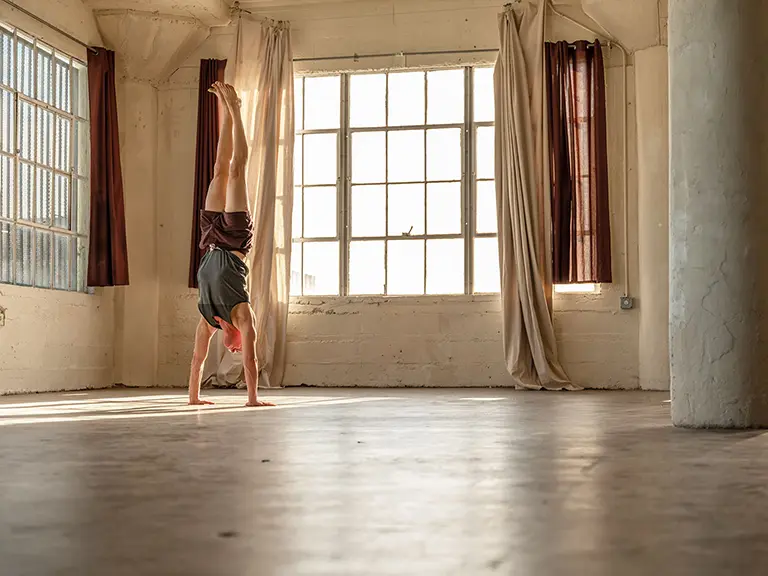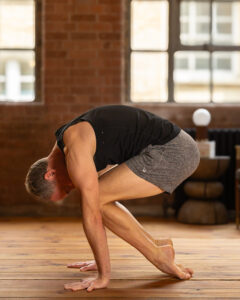What are the best inversions for beginners? It may be surprising to hear that beginners can learn all of the same poses that advanced students practice. Jason walks through these four key inversions on this episode of Yogaland: Handstand, Forearm Balance, Headstand, and Shoulderstand.
The key to teaching these inversions to beginners is in the approach. Inversions can be fun, empowering, and strength-building. They can also freshen our perspective and help us face fear — if they are introduced thoughtfully and systematically.
On this episode, Jason shares the preparations and variations of each inversion so that they:
1) are accessible and appropriate for beginners
2) teach the actions of each pose so that the student is developing proper technique
3) build both strength and the actions of the poses
These three elements ensure that you and your students get the benefits of these poses without unnecessary risk. For example, in Headstand and Shoulderstand, which are weight-bearing on the neck, Jason offers options that give beginners the experience of these poses without the weigh-bearing aspect.
On this episode you will learn:
- How to teach Half Handstand at the Wall
- The ways to utilize Long Dolphin, Short Dolphin, One-Legged Dolphin
- The best hand and arm placement for Forearm Balance for beginners
- Headless Headstand for the beginning Headstander
- The Shoulderstand variation that teaches the actions and position of the upper body while reducing weight on the neck and wrists
Lastly, Jason will be uploading a companion tutorial video on his Youtube channel. Look for it here: youtube.com/@JasonCrandellYoga
Was this episode helpful to you as a student or a yoga teacher? If so, will you let us know by sharing it on Instagram or by rating or reviewing the episodes on Apple Podcasts, Spotify, or Amazon Music.






